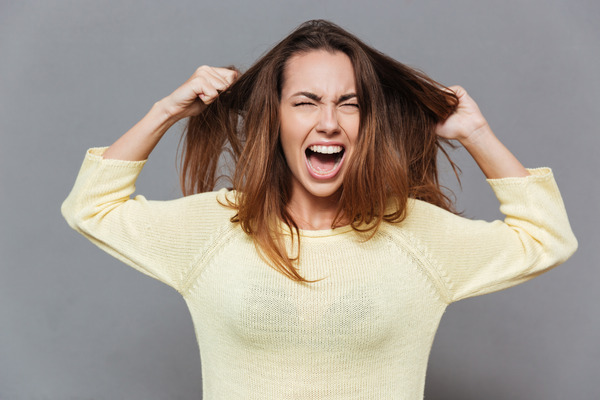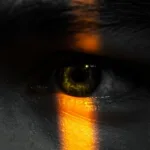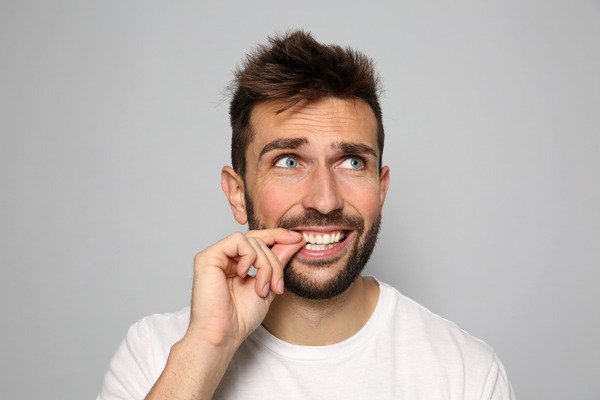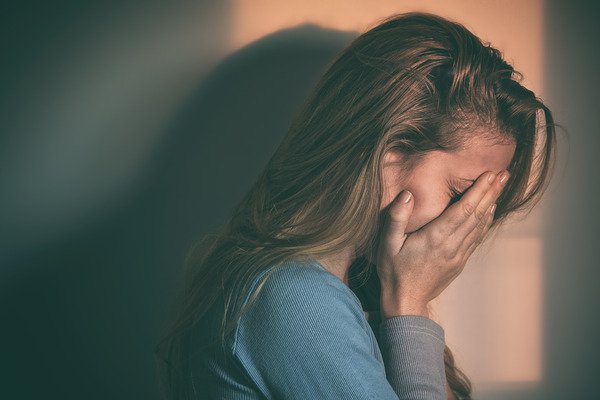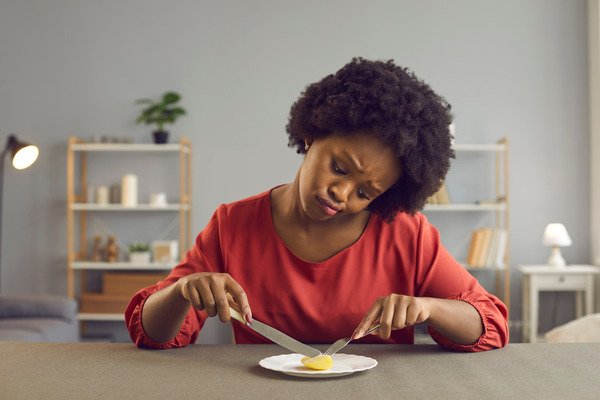What is trichotillomania? Why does hair pulling disease appear? Discover how to stop pulling out your hair and what indicates suffering from trichotillomania according to psychology.
People who suffer from trichotillomania They often use the compulsion to pull hair or hair from their body as a way to calm some negative thoughts or feelings that arise in them. Anxiety, nerves and stress can trigger compulsive behaviors and, as we have indicated, trichotillomania is one of them. In many cases, this ‘disease’ of hair pulling goes unnoticed by those who suffer from it, something that can be detrimental to their mental health.
Compulsively eating junk food or biting your nails are behaviors that respond to a behavioral disorder. They usually occur in stressful situations, to calm anxiety or a nervous state and are quite common. The trichotillomania It is another lesser-known behavioral disorder that, in many cases, is also associated with situations of stress, depression or anxiety. Why does this need to pull out your hair arise?
What is trichotillomania?
The trichotillomania It is a recurring act of pulling out one’s hair, affecting any area of the body. It can appear in short episodes throughout the day or in long episodes that last even hours. According to him Diagnostic and Statistical Manual of Mental Disorders DSM 5places it within the heading of Obsessive Compulsive Disorder and other related disorders
As a behavioral disorder, it is done compulsively; In some cases, the person suffering trichotillomania He is not aware that he is doing it. There are patients who do it punctually, when they face certain situations, and there are others who can spend hours like this.
In many cases these psychological disorders They are popularly known as ‘the hair pulling disease’ since people tend to have a greater tendency to pull out their hair or even in some cases it is also combined with trichophagia, that is, with the compulsion to eat their hair. That is, it is usually more associated with pulling out or touching hair on the head than on other parts of the body. In reality, people with trichotillomania can also pull their hair, pull out their eyelashes or pull out eyebrow hair, among others.
In the most serious cases, the trichotillomania It can lead to baldness, wounds caused by the action of hair pulling itself, infection or gastrointestinal disorders in those cases in which the hair pulled out is ingested. It can also generate emotional problems as a result of the abnormal appearance and extension of the hair. Thus, the behavioral problem would be joined by others such as low self-esteem, stress from being the object of rejection or ridicule, difficulty establishing social relationships, etc.
Symptoms of hair pulling ‘disease’
According to experts, trichotillomania can appear and disappear depending on the experiences of the person who suffers from this psychological disorder. Despite trichotillomania in eyelashes, eyebrows, hair and other parts of the body usually manifests itself differently depending on the person, psychologists identify five characteristics common to this compulsion.
- Noticeable loss of hair or hair from an area of the body
- Increased feelings of tension before pulling out hair or when trying to resist the behavior
- Relief from hair pulling
- It is not an alteration that occurs due to another mental disorder or medical condition
- Discomfort due to impairment in other social and occupational areas
In this way, trichotillomania always causes hair or body hair loss. Because of this, people who suffer from one of these psychological disorders often go to great lengths to hide the consequences of pulling out hair or body hair
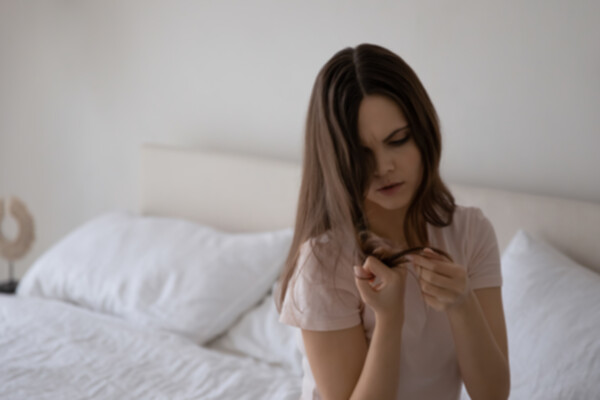
Trichotillomania and its causes
Most psychologists indicate that this behavioral problem usually appears in childhood, although there are cases in adolescents and even adults. But what causes trichotillomania ?
This repetitive behavior focused on the body, as it is considered by some experts, is associated, in most cases, with clinical depression and to posttraumatic stress Although it has sometimes been related to OCD (obsessive-compulsive disorder), it is now accepted that between the two psychological disorders differences exist.
It is also related to anxiety, since this habit, which is completely uncontrollable, would be carried out unconsciously to calm episodes of anxiety or stress.
Does trichotillomania have a treatment?
Yes, you can overcome this behavioral problem and lead a normal life. Going to a psychologist or psychiatrist is essential to treat this disorder. In the trichotillomania treatment The most effective is usually the use of cognitive behavioral therapy and the clinical hypnosis since they have proven to be effective in reducing this habit, and even eliminating it.
Psychologists often treat anxiety and depression to address the source of this behavior. It has been found that by improving these emotional disorders, it is possible to reduce the compulsion to pull out hair , or scratching (dermatillomania), which is also linked to the previous one. Even trichophagia, which is the term for hair ingestion and which causes significant gastrointestinal problems.
In addition to the therapy developed by the professional, in the Trichotillomania and its treatment Medications, such as antidepressants or clomipramine, can be prescribed, but they do not always achieve the results achieved.
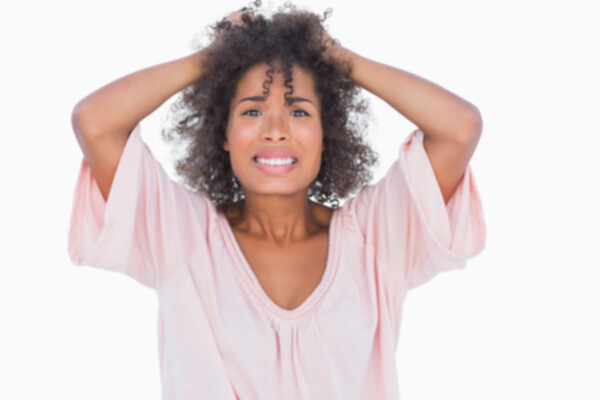
How to stop pulling out your hair?
Although the trichotillomania should be treated by a mental health professional, there are a series of tips that you can follow to know how to stop pulling your hair out effectively. According to psychologists, it is best to follow the following instructions.
- Replace the habit: The best way to get deal with these psychological disorders It is trying to replace the habit of touching your hair, plucking your eyelashes or hair from other parts of the body with something that is healthier. For example, there are anti-stress balls that can help you deal with the negative sensations you experience and that lead you to trichotillomania.
- Practice relaxation techniques: Many times trichotillomania It usually coexists with other mental illnesses. Therefore, it is useful to learn to deal with it with relaxation techniques that will also help you deal with other symptoms related to these psychological disorders.
- Be more aware: Being more aware of the here and now can allow you to control the compulsions associated with trichotillomania This way you will be able to see when this act occurs and why in order to avoid these situations or counteract their effects.
- Have a calendar: In order to analyze the reason for trichotillomania It is interesting to know when more episodes of these compulsions occur. Therefore, it will be very useful for you to keep track through a personal calendar.
- Find support: In many cases trichotillomania It can affect a person’s social life due to the problems associated with hair pulling or pulling. For this reason, if you feel that this condition has affected you, consult with a psychology professional.
Currently, anxiety, stress and depression are three psychological conditions that affect many more people than we think. Trichotillomania is usually associated with one of these psychological disorders and therefore it is important to be aware of this act and how we feel about it.

